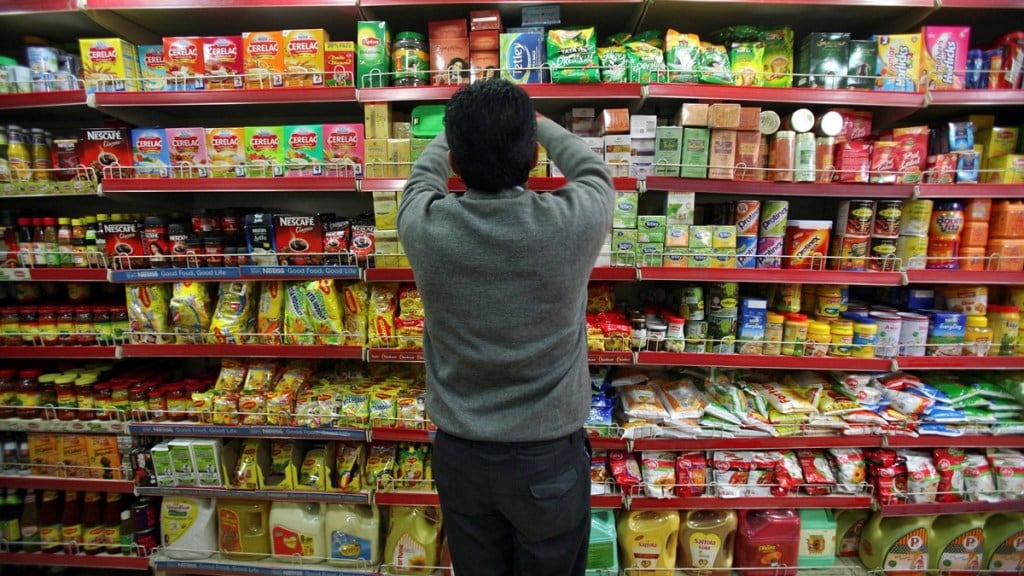Fast-moving consumer goods (FMCG) companies have spent 11-45% more on advertising and sales promotion (ASP) expenditure in the December quarter (Q3FY24) versus last year as commodity inflation moderates, giving players room to up their ad budgets.
The step-up in ad spends comes as firms look to shore up volume growth as well as fight competition from local brands, which has been growing in a deflationary environment. Volume growth has been anaemic for most players for a few quarters now, as rural demand continues to be soft, even as urban demand has remained stable.
An inflationary environment, said experts, prevented players from increasing ad spends, which is changing now as input prices reduce. Gross margins, on an average, expanded by 400-450 basis points in Q3 in comparison to last year, a plus for FMCG firms looking to spur advertising and marketing amid heightened competition, experts said.
As a percentage of sales, ASP has touched 7-17% in Q3FY24 versus 5-16% seen in the previous five quarters, data compiled from company results show.
Executives from FMCG companies as well as analysts say that the trend is likely to grow in Q4 as increasing sales volumes takes precedence for players.
“Moderating inflation has helped us step up investments behind our brands,” Mohit Malhotra, CEO, Dabur India, said.
“This trend should continue as we look to drive competitive volume growth,” he said.
While rural demand for Dabur grew 200 basis points ahead of urban demand in Q3 led by a combination of distribution expansion and brand investments, the Ghaziabad-based firm hopes to increase this gap in the future.
With a year-on-year growth of 36.1% in the December quarter to Rs 245 crore, Dabur was second only to Jyothy Labs, which upped ad spends by 45.1% (to Rs 61 crore) during the period.
The country’s largest consumer goods company, Hindustan Unilever (HUL), increased ad spends by 34.5% versus last year (or Rs 417 crore) to Rs 1,626 crore in Q3. While Godrej Consumer, Colgate-Palmolive India, Procter & Gamble Hygiene and Healthcare and Marico increased ad spends by 24.5%, 20.2%, 14.4% and 11.8%, respectively, in Q3 versus last year.
“The competitive intensity is increasing. So, we will need more of advertising and promotional investments to lean into,” Ritesh Tiwari, chief financial officer, HUL, said during the company’s Q3 analysts call last month.
Rohit Jawa, CEO & MD, HUL, said during the same investor call that the company was putting greater focus on brand power to stand out in a cluttered market.
“We want to use this period (from high inflation to deflation) to come out even stronger in terms of brand power. Which is why there is a marked step-up in above-the-line advertising. Where required we have also stepped up below-the-line advertising in terms of driving thematic spends,” Jawa said.
Saugata Gupta, MD & CEO, Marico, said that he saw an uptick in consumption trends in the future driven by government spending and favourable consumer pricing across FMCG categories.
“In the domestic business, we have witnessed signs of improvement in our core portfolio and expect the steps we have initiated in general trade to improve business prospects. We have also stepped up investments behind our brands,” he said of the company’s future strategy.


